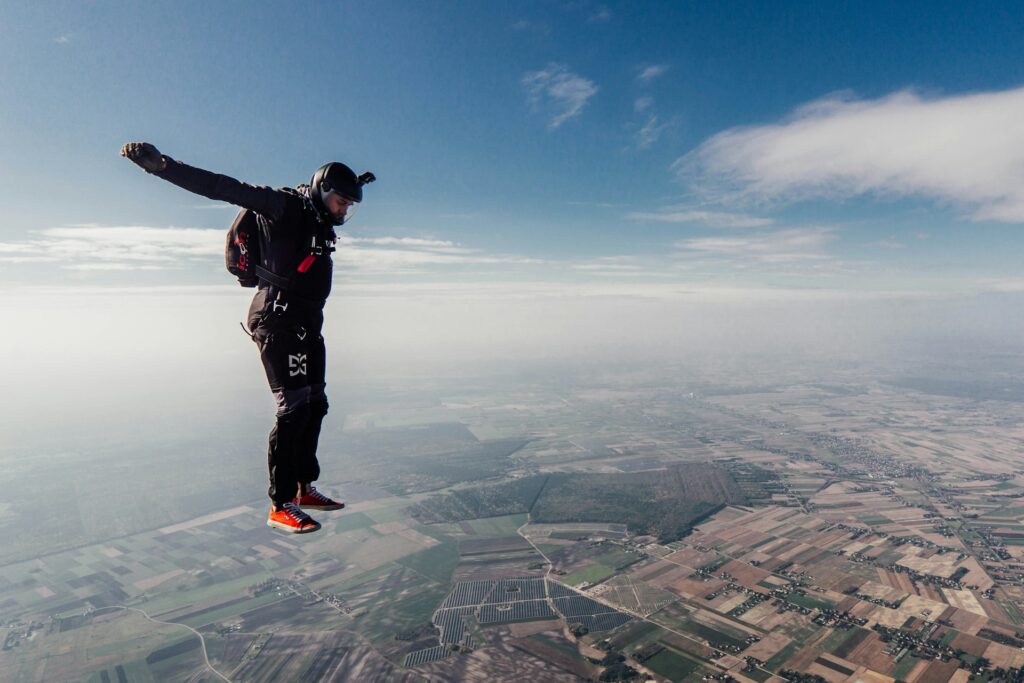Paragliding and gliding are two fairly fascinating forms of flight that take advantage of a combination of aerodynamics, personal skill, and environmental awareness. Both pilots are taking advantage of the principles of lift in order to stay aloft, but the way they are doing so is quite different. In paragliding, much of the canopy’s design acts as an airfoil. Air flow over and under the wing creates lift, so the paraglider can soar. The length of time one can remain aloft depends upon the successful finding and exploitation of thermals. Thermals are rising columns of warm air by which the pilot can be lifted to greater altitudes. It is really a matter of skill, intuition, and a conscious understanding of weather patterns to master the art of finding these thermals. Experience is the best indicator of when to climb further in search of lift or when to descend. It is interesting how thermals may also cause challenges in the landing area. Unwanted thermals may linger in the airspace and produce turbulence that complicates landing even for a pilot fully prepared to touch down.
Paragliding and glider pilots have their own challenges to overcome when it’s time to touch down. The landing approach begins well before hitting the ground. A good landing area needs to be chosen: all this depends upon wind direction, obstacles, and available space. Both types of pilots govern their descent via a controlled glide, with adjustments to speed and angle of attack to ensure the best possible performance criteria are met. The glider pilot is always afforded a controlled lift and drag, but the paraglider might use flaps, for example, to achieve maximum lift in such low-speed conditions. The approach to landing is very important and rather critical because a proper glide ratio and descent velocity must be maintained so that landing can be done without any jerks. Right before touching down, pilots are expected to do a flare maneuver-the back pulling on the control inputs to make the airplane touch down softer, so it will softly touch the ground. This technique is necessary in preventing an aircraft from landing hard, which can damage it and pose risks to the pilot.
Even as flying thrills to float like a bird in the sky, landing can be a challenge sometimes even to an excellent pilot. Unwanted thermals may ruin a meticulously calculated pilot’s approach and land it rough; the outcome would be a bumpy landing. That shows that flexibility and vigilance go a long way in the flying experience. After all, both paragliding and gliding require a combination of skills, decision-making, and understanding the environment. This capacity to spend an unusually long time up there and land safely is built on the pilot’s ability and his response to changing conditions in the air. Mastery of such skills provides a freedom to the pilots-the freedom to navigate the atmospheric environment complexities in a way that has truly made the experience one of profound connection to nature.


